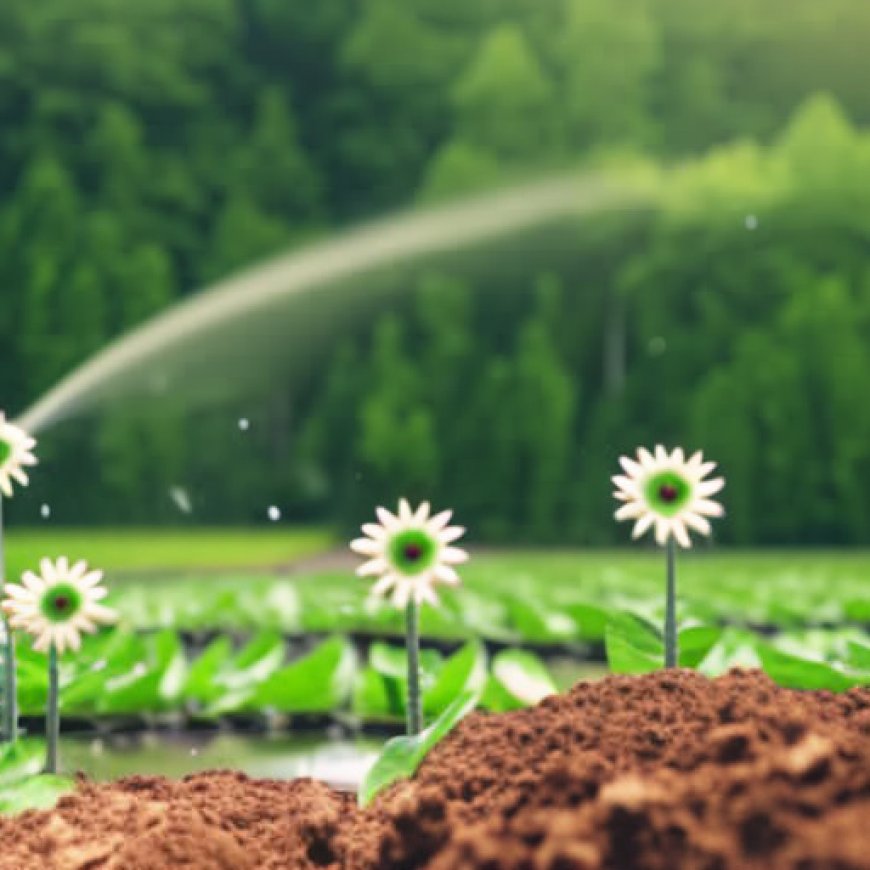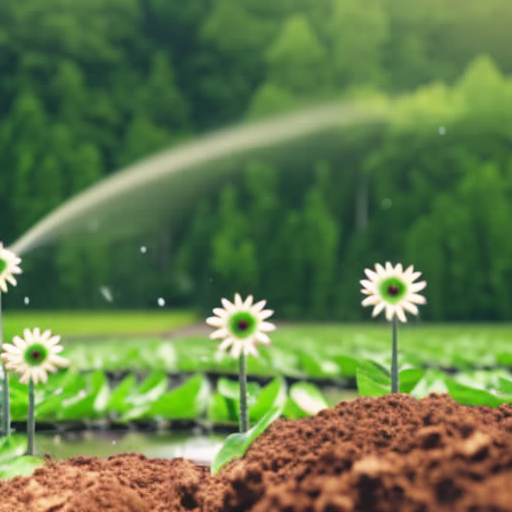Your Questions Answered: FARMS program incentivises better water management in agriculture
Your Questions Answered: FARMS program incentivises better ... Citrus County Chronicle


The Southwest Florida Water Management District’s FARMS Program

Introduction
The Southwest Florida Water Management District’s (District) Facilitating Agricultural Resource Management Systems, or FARMS program, has been serving the region’s agricultural industry for 20 years. The program aims to work with the agricultural community to conserve water and ensure future water supplies. Carole Estes, the manager of the FARMS program, provides more information about this innovative cost-share program.
What is FARMS?
The Facilitating Agricultural Resource Management Systems (FARMS) program is an incentive program designed to promote water quantity, water quality, and natural systems best management practices (BMPs) in the agricultural community. It aims to conserve groundwater use and promote resource sustainability. FARMS is a cost-share reimbursement program that reduces groundwater withdrawals through conservation and alternative water supply BMPs. It also supports water quality and natural systems improvement BMPs in priority areas. The program is a public/private partnership developed by the District and the Florida Department of Agriculture and Consumer Services (FDACS) in 2003.
Best Management Practices (BMPs)
BMPs are methods that have been determined to be the most effective and practical means for improving water conservation and quality in agricultural discharges. For FARMS, examples of commonly used BMPs include surface water pump stations, water control structures, automatic irrigation controls, soil moisture sensors, and weather stations.
Benefits to Water Resources
Implementing agricultural BMPs through the FARMS program provides several benefits to water resources. These include the reduction of groundwater withdrawals from the Upper Floridian aquifer, improvement of ground and/or surface water quality, nutrient reduction or retention, and improved natural system functions within wetlands and watersheds. Approved projects align with the District’s Regional Water Supply Plan, Southern Water Use Caution Area (SWUCA) Recovery Strategy, Strategic Plan, and Springs Management Plans.
Water Offset through FARMS
Since its inception in 2003, the FARMS program has offset a total projected groundwater withdrawal of 31.5 million gallons of water per day through more than 240 approved projects. The overall average cost-benefit is $2.43 per thousand gallons of water offset.
Qualifying for FARMS Funding
To qualify for FARMS funding, individuals must be members of the agricultural community and hold a District water use permit. Projects must be located within the District and incorporate one or more of the following BMP strategies: utilizing alternative water supply or technology to reduce groundwater use, improving irrigation water quality and watershed ecology by reducing reliance on poorer quality groundwater, and reducing nutrient applications or increasing nutrient retention. The FARMS program may reimburse up to 50% of the total project costs, with some projects qualifying for up to 75% reimbursement based on water resource benefits and project location.
Learn More about FARMS
To learn more about the FARMS program, visit the District’s website at WaterMatters.org/FARMS or contact the District at (941) 404-1452.
About Carole Estes
Carole Estes is the manager of the Facilitating Agricultural Resource Management Systems (FARMS) program. She is a Florida professional geologist and a registered geologist in Arizona, with 19 years of experience in the FARMS program. Prior to working at the District, she had 16 years of experience in environmental consulting.
SDGs, Targets, and Indicators in the Article
1. Which SDGs are addressed or connected to the issues highlighted in the article?
- SDG 6: Clean Water and Sanitation
- SDG 12: Responsible Consumption and Production
- SDG 15: Life on Land
2. What specific targets under those SDGs can be identified based on the article’s content?
- SDG 6.4: By 2030, substantially increase water-use efficiency across all sectors and ensure sustainable withdrawals and supply of freshwater to address water scarcity.
- SDG 12.4: By 2020, achieve the environmentally sound management of chemicals and all wastes throughout their life cycle, in accordance with agreed international frameworks, and significantly reduce their release to air, water, and soil to minimize their adverse impacts on human health and the environment.
- SDG 15.1: By 2020, ensure the conservation, restoration, and sustainable use of terrestrial and inland freshwater ecosystems and their services, in particular forests, wetlands, mountains, and drylands, in line with obligations under international agreements.
3. Are there any indicators mentioned or implied in the article that can be used to measure progress towards the identified targets?
- Indicator 6.4.1: Change in water-use efficiency over time.
- Indicator 12.4.1: Number of parties to international multilateral environmental agreements on hazardous waste, including their compliance with the agreements.
- Indicator 15.1.1: Forest area as a proportion of total land area.
Table: SDGs, Targets, and Indicators
| SDGs | Targets | Indicators |
|---|---|---|
| SDG 6: Clean Water and Sanitation | 6.4: By 2030, substantially increase water-use efficiency across all sectors and ensure sustainable withdrawals and supply of freshwater to address water scarcity. | 6.4.1: Change in water-use efficiency over time. |
| SDG 12: Responsible Consumption and Production | 12.4: By 2020, achieve the environmentally sound management of chemicals and all wastes throughout their life cycle, in accordance with agreed international frameworks, and significantly reduce their release to air, water, and soil to minimize their adverse impacts on human health and the environment. | 12.4.1: Number of parties to international multilateral environmental agreements on hazardous waste, including their compliance with the agreements. |
| SDG 15: Life on Land | 15.1: By 2020, ensure the conservation, restoration, and sustainable use of terrestrial and inland freshwater ecosystems and their services, in particular forests, wetlands, mountains, and drylands, in line with obligations under international agreements. | 15.1.1: Forest area as a proportion of total land area. |
Behold! This splendid article springs forth from the wellspring of knowledge, shaped by a wondrous proprietary AI technology that delved into a vast ocean of data, illuminating the path towards the Sustainable Development Goals. Remember that all rights are reserved by SDG Investors LLC, empowering us to champion progress together.
Source: chronicleonline.com

Join us, as fellow seekers of change, on a transformative journey at https://sdgtalks.ai/welcome, where you can become a member and actively contribute to shaping a brighter future.







